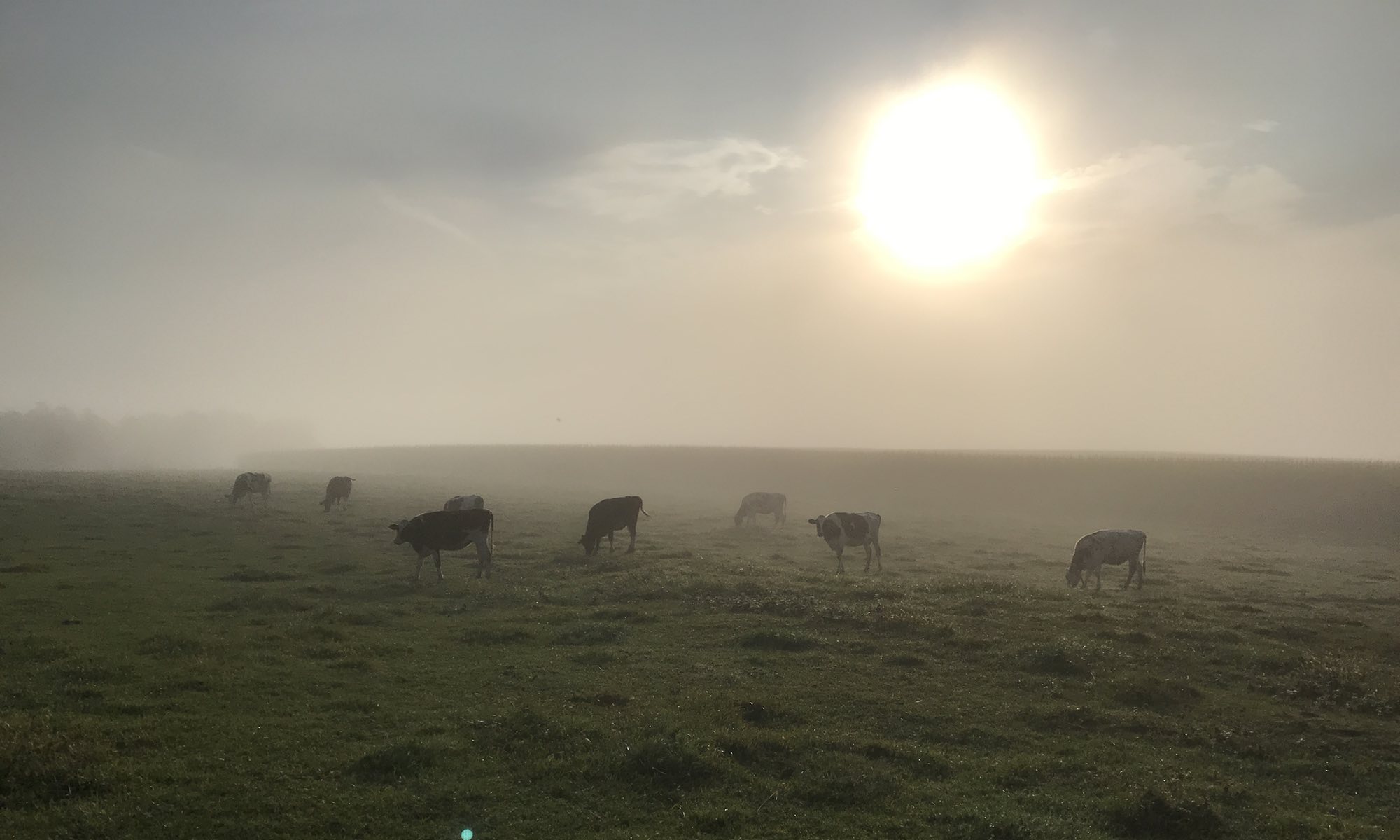ALL-GRAIN BREWING WITH JOHN PALMER by NorthernBrewerTV:
“How to Brew” author John Palmer stops by Northern Brewer to brew an all-grain batch of a very special recipe. In our video, Palmer discusses his techniques for adding salts to brew water, mashing, batch sparging (versus fly sparging), chilling and fermentation. It’s a full-blown brew day with one of homebrewing’s most influential people. Grab a pint and enjoy the show.
Original recipe here… note: John Palmer has already tweaked it beyond the original form and it continues to be tweaked, but this is the original recipe from the way-back machine:
http://www.brewingtv.com/recipe/2011/9/23/belladonna-tooks-oaked-mild-john-palmer-recipe-for-btv.html

